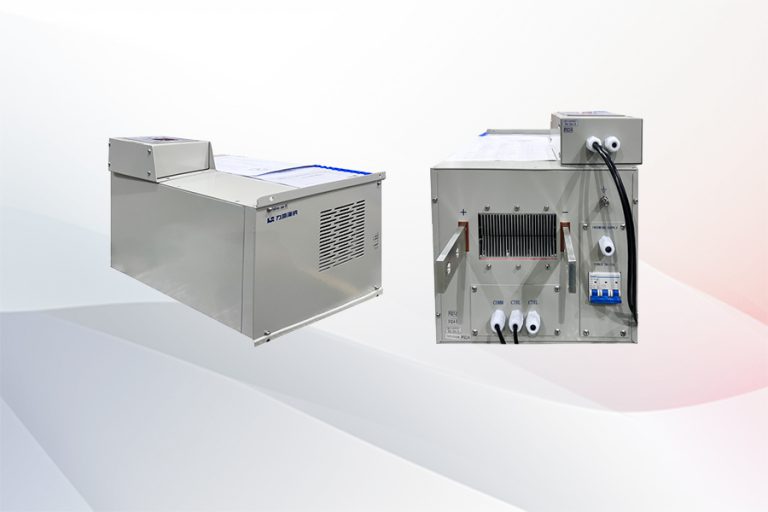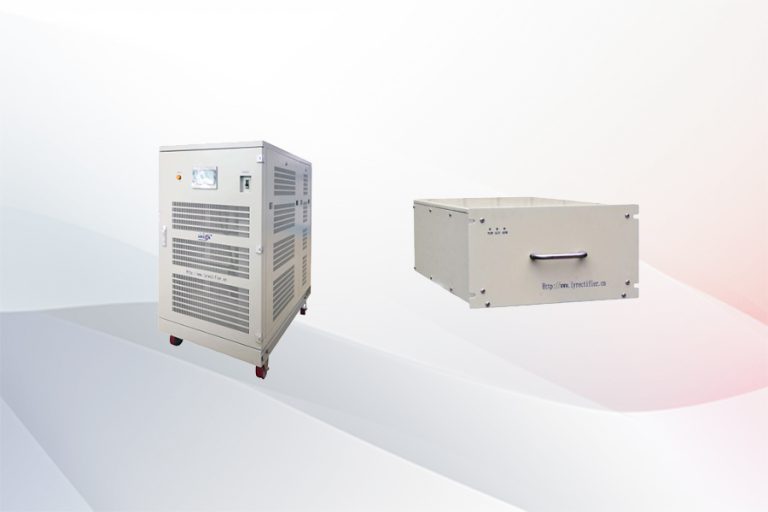Surface treatment of printed circuit boards (PCBs) plays a pivotal role in enhancing the solderability of components, ensuring robust electrical performance, and bolstering the overall reliability of the PCB. Various surface treatment methods are employed within the electronics industry, each tailored to meet specific needs. Below are some of the prevalent surface treatment options for PCBs:
1.Hot Air Solder Leveling (HASL) for Surface Treatment:
Process: The PCB undergoes immersion in molten solder, followed by exposure to a stream of hot air to eliminate excess solder, resulting in a thin, uniform layer on the copper pads.
Advantages: Cost-effective, widely adopted, and provides a reliable solderable surface.
Disadvantages: Offers limited flatness, potential for unevenness, and may not be suitable for fine-pitch components.
2.Electroless Nickel Immersion Gold (ENIG) Surface Treatment:
Process: A thin layer of electroless nickel is deposited onto the copper surface, which is then immersed in a gold bath. The gold layer shields the nickel and presents a flat, solderable surface.
Advantages: Ideal for fine-pitch components, offers excellent solderability, a flat surface, and robust corrosion resistance.
Disadvantages: Higher cost compared to HASL.
3.Immersion Tin (ISn) Surface Treatment:
Process: The PCB is submerged in a tin bath, forming a thin tin layer on the copper surface.
Advantages: Provides a flat surface, suitable for fine-pitch components, and cost-effective.
Disadvantages: Limited shelf life, sensitive to handling, and not suitable for multiple reflow processes.
4.Organic Solderability Preservative (OSP) Surface Treatment:
Process: A thin layer of organic material is applied to the copper surface, safeguarding it from oxidation and offering a solderable surface.
Advantages: Environmentally friendly, presents a flat surface, suitable for fine-pitch components.
Disadvantages: Limited shelf life, sensitive to handling, and not ideal for multiple reflow processes.
5.Electroplated Nickel/Gold (Ni/Au) Surface Treatment:
Process: Nickel is electroplated onto the copper surface, followed by a gold electroplating step.
Advantages: Offers excellent corrosion resistance, suitable for harsh environments, and beneficial for gold wire bonding.
Disadvantages: Higher cost and not suitable for multiple reflow processes.
6.Lead-Free HASL (LFHASL) Surface Treatment:
Process: Similar to HASL but uses lead-free solder.
Advantages: Compliant with RoHS regulations and offers good solderability.
Disadvantages: Can result in an uneven surface and may not be ideal for fine-pitch components.
7.Carbon Ink Surface Treatment:
Process: Conductive carbon ink is applied to specific areas of the PCB to create resistors or jumper connections.
Advantages: Allows customization of resistance values and is cost-effective.
Disadvantages: Limited to specific applications and not a general-purpose surface treatment method.
8.Plasma Treatment for Surface Preparation:
Process: Plasma is utilized to clean and activate the PCB surface, enhancing the adhesion of conformal coatings or other surface finishes.
Advantages: Improves surface properties and promotes better adhesion.
Disadvantages: Typically used as a pre-treatment before applying other surface finishes.
The selection of a surface treatment method hinges on various factors, including the application, component types, cost considerations, and environmental regulations. Manufacturers meticulously choose the most appropriate surface treatment option based on the unique requirements of their PCB designs, ensuring optimal performance and reliability.





